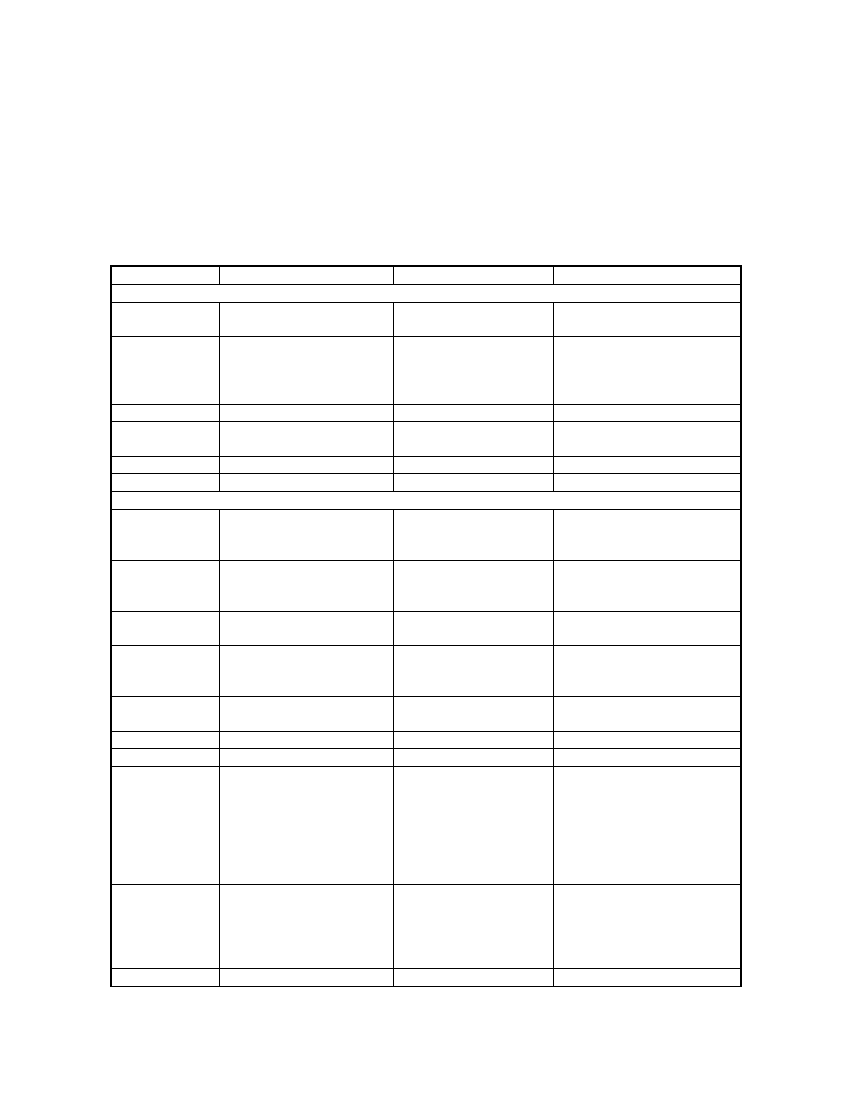
User familiarization
The plant owner should be familiarized with the details of plant operation and maintenance at the
time of commissioning. It is important that he be not only familiarized with the theory of function but
given ample opportunity to practice using all parts of the plant. The user-familiarization procedure
should be built up around an operational/maintenance checklist (cf. table 7.2).
Table 7.1: Checklist for the inspection and acceptance of biogas plants (Source: OEKOTOP)
Check item
Nonconformance
I Interim inspection prior to backfilling
Site • unsuitable
Digester masonry • cracked/broken bricks/ stones
• seriously false dimen- signs
• improperly jointed masonry
inlet/outlet pipes
• false configuration
• poor backfilling
II Final inspection and acceptance
Rendering in
• cracks, sandy rendering, low
digester/
strength, cavities, poorly worked
gasholder
edges and coving
Masonry seal
coats
Mixing pit/slurry
sotre/displacement
pit
Inlet/outlet pipes
Earth fill
Water-fill check of
all component
heights(relative):
inlet, outlet,
digester, gas-
holder cf. chapter
7.1
• cracks, flaws, thin spots, voids
• cracks, poor workman-ship
• plugged, poorly worked
transitions
• insufficient fill height
• poorly compacted earth
for floating-drum plants:
• water in mixing pit, too low;
water spills over the digester,
i.e. digester too low; outlet too
low for fixed dome plants:
• water above gas zero line -
Remedy
• dismantle/demolish the
plant
• demolish the masonry
• fix with mortar, incl.
foundation
• demolish
• refill
a) for the gas space of a
fixed-dome plant: replace
rendering
b) for the slurry space: repair
or add a new layer of
rendering (usually sufficient)
• renew the coating
• demolish or repair
• remove mortar plug, repair
with mortar/ concrete
• recompact, add
• shorten the outlet
• add wall height to digester
Remarks
Fixed-dome plants in particular call
for high-quality work. Tearing
down the plant at this point is often
. the least-painful solution
Ensure high-quality work man-ship
for fixed-dome plants
(applies only to fixed-dome plants)
Differentiation must be made
between nonconfor mances that
impair the plant's function and
nonconformances that merely
prevent optimal utilization
90